How to Lay a Patio or Driveway
Are you planning on installing a new patio, drive, or pathway this year and are thinking about doing the job yourself? If so, we have created this easy-to-follow guide that considers all aspects of the project to ensure a solid base and professional finish. We have also outlined everything you need to get the job done from the aggregates required for the sub-base, to the tools used to create a compact, level surface.
Step 1 - Planning & Preparation
Starting a project of this size can be quite daunting, but with the right planning and preparation it can be broken up into smaller, easily achievable tasks. To begin, draw out the patio or driveway you are looking to create on a piece of paper and include the proposed dimensions and paving layout you are looking to achieve. Once you are happy with the general design, you can then lay out the paving to see how it will look before committing to digging out the foundation.
Step 2 - Excavation


When the desired layout is confirmed, an outline of the patio or driveway must be created using a tape measure, pegs and string. It is a good idea to use the 90° edge of a flag to make sure each corner is square during this phase.
Once you have correctly measured up it is time to start the excavation process, a minimum depth of 180mm for a patio and 250mm for a driveway is required.
A gradient of 1:60* must also be incorporated to ensure an adequate run off for drainage is achieved. Once you have dug down to the required measurement, you can compact the soil base to ensure it is level and potentially lay a ground stabilising membrane prior to adding the aggregate.
*A gradient of 1:60 means that there will be 1 unit of fall for every 60 units of patio / driveway width. If the drive or patio is 10 metres wide, the distance is divided by 60 with the result equalling 16cm of fall (or 1 unit).
Step 3 - Adding the Sub-Base
To ensure a patio or driveway remains structurally sound and retains its aesthetic beauty for years to come, having a properly compacted sub-base is essential. Using MOT Type 1, spread, level, and compact two separate layers* of limestone, while making sure to maintain a slight gradient for drainage.
For patios, 100mm worth of hardcore is needed, while 150mm is required for driveways. A whacker plate or roller compression must be used to level the surface as it helps to evenly spread the load on traffic bearing areas.
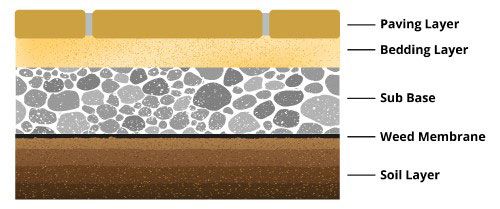

*Two layers of 50mm and 75mm compacted limestone are required for patios and driveways respectively.
Step 4 - Edge Courses & Kerbs
If applying garden edging or kerbs, it is a good idea for it to be secured on a bed of concrete on top of the compacted MOT Type 1 at a depth of 30mm for patios and 50mm for driveways.
Step 5 - Laying Course
After compacting the MOT Type 1 in two separate layers and applying the kerbs or garden edging, a layer of concrete sand should be laid at a depth of 30mm or 50mm as a bedding layer*. It must then be levelled by raking and compacted utilising a straight edge or whacker plate to create a smooth and even surface. If laying 50mm paving flags for a driveway, it is advisable to use a wet concrete mix as a bedding layer to ensure structural stability.
*30mm for patios or pathways and 50mm for driveways.
Step 6 - Installation
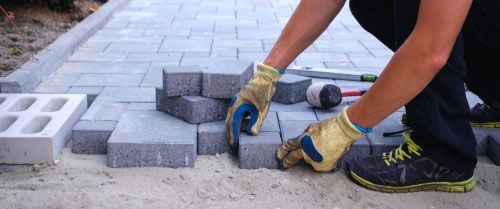

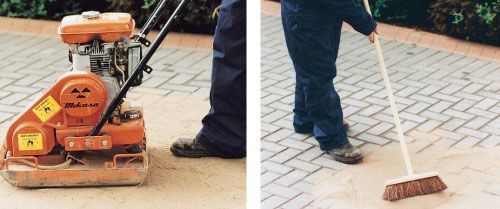

Once you have properly compacted your base, ensured your gradient is maintained and laid your bedding layer, you can now begin to install your flags, blocks, or setts. Start by dampening the underside of your paving with water before placing at the highest point of the patio or driveway.
Using a rubber mallet, you should then gently tap down on the paver to bed it in before repeating the process for the other flags. It is advisable to regularly check that the patio, pathway, or driveway is level utilising a straight edge or spirit level, while remembering to consider the slight gradient.
After you have laid all the paving blocks a layer of kiln dried sand is then brushed into the joints to prevent lateral movement. The paving is then compacted using a whacker plate for a final time to ensure a firm and stable surface layer. It is also advisable to utilise a rubber cushioning mat during this process to prevent damage to the flags, blocks, or setts while the whacker plate is operational.
Popular Patterns Commonly Employed
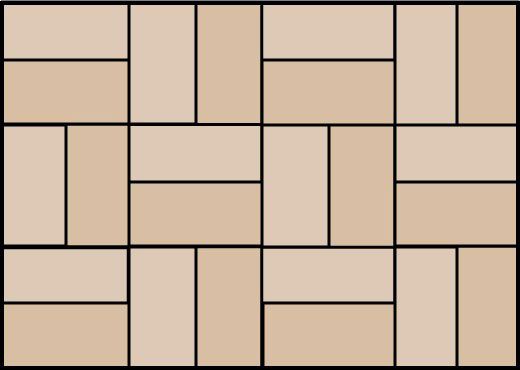

Basket Weave
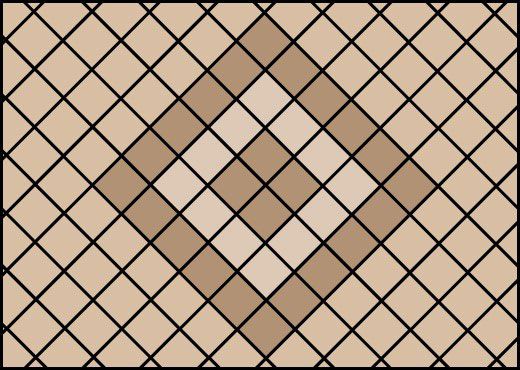

Contrasting Patterns


Diamond
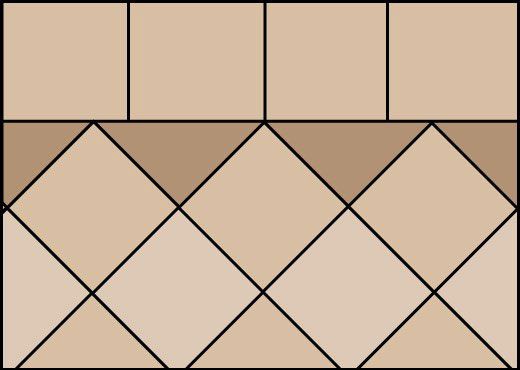

Half Diamond Inlay
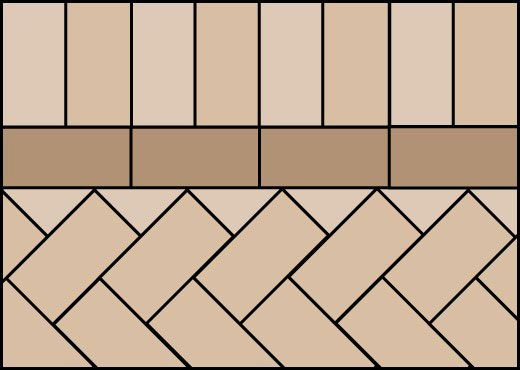

Pencil Line Inlay
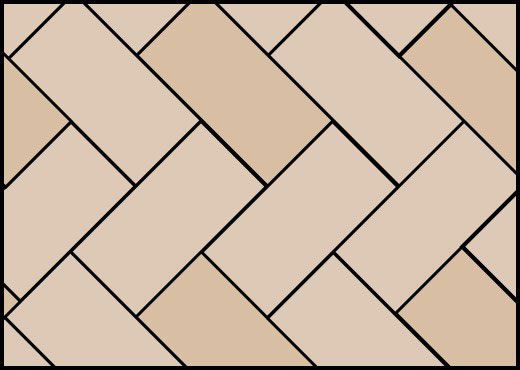

Herringbone 45°
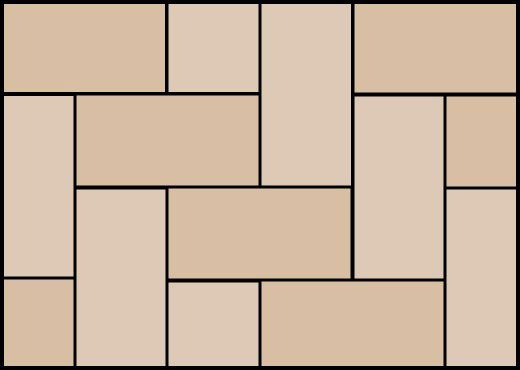

Herringbone 90°
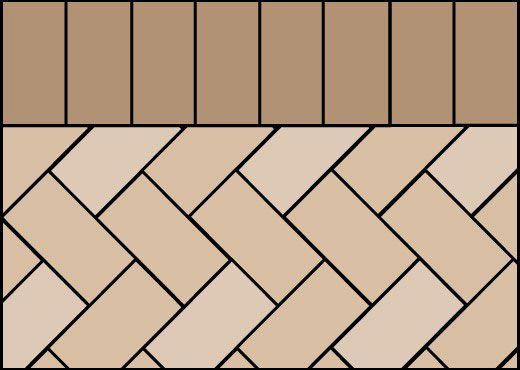

Soldier Header
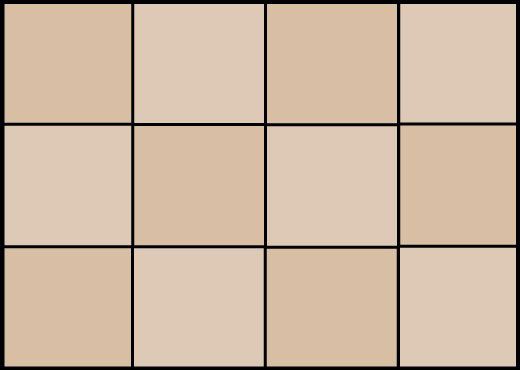

Stack Bond
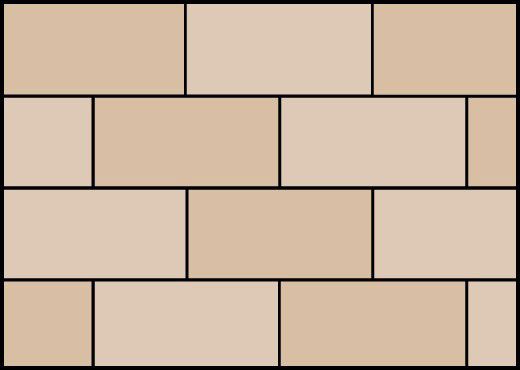

Stretcher Bond
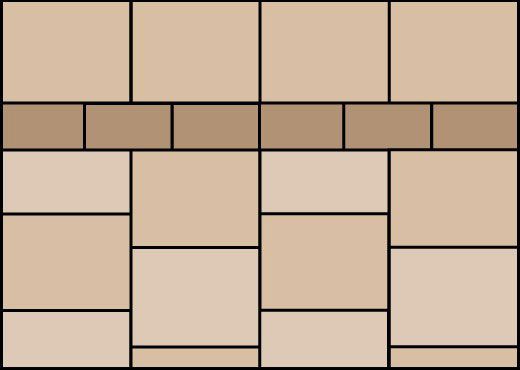

Stretcher Bond Inlay
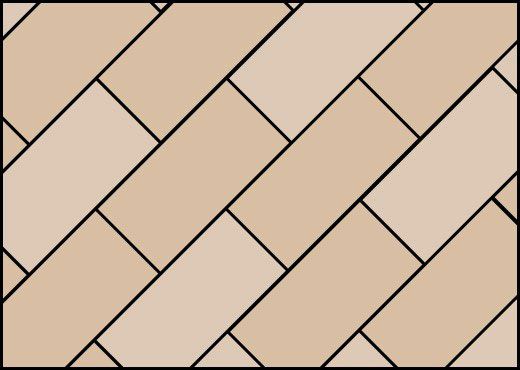

Stretcher Bond 45°
Step 7 - Adding the Finishing Touches
After you have laid and compacted the paving, it is now time to apply more kiln dried sand or use a paving compound between the joints to ensure a professional finish. Commonly utilised as an alternative to traditional sand and cement mixes, jointing compounds provide a quick and straightforward solution to point paving flags and blocks.
Unlike sand and cement, these compounds do not shrink or crack and ensure excellent year-round durability. They are water permeable and help to provide a natural barrier against weed growth. Simply mix the sand and resins together, brush across until the joints are full, and then brush away the excess.
For more information on how to mix and administer paving compounds, please see the video courtesy of Resiply Ltd.
Things to Consider
As a general rule, allow 2.5 hours of work per m² of paving to complete the job if you have the right equipment available for the task at hand. Laying a patio, drive or pathway is a labour-intensive job and it is imperative that the sub-layer is properly compacted to ensure the surface does not sink or move over time.
What Tools You Will Need:
- Tape Measure
- String & Wooden Pegs
- Spades
- Wheelbarrow
- Compactor / Whacker Plate
- Angle Grinder & Cutting Discs
- Spirit Level
- Rubber Mallet
Paving products available for the job:
Looking for Some Inspiration?
Check out our image gallery to see how your finished project could look...


Concrete Paving Products
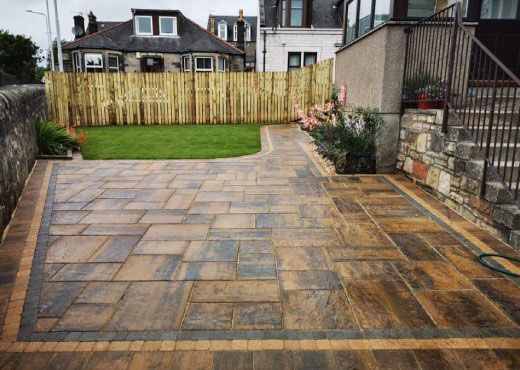

Historic Flags & Circles (Historic Flags Bracken) | Shannon (Bracken) | Tegula Setts (Charcoal)
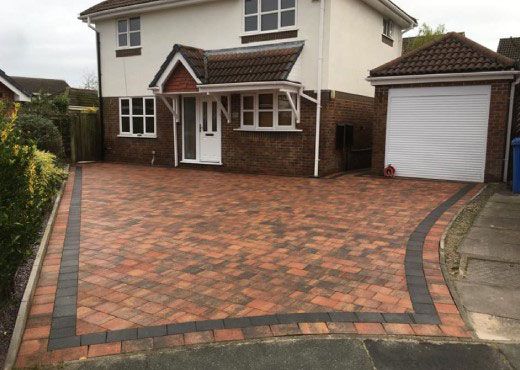

Shannon (Charcoal, Heather)
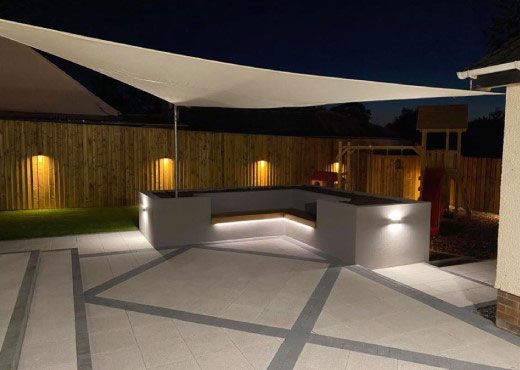

Mayfair Flags (Silver) | Sienna Setts & Circles (Sienna Sett Graphite)
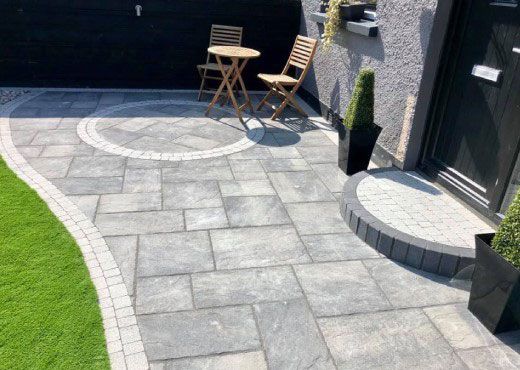

Historic Flags & Circles (Historic Flags Slate) | Sienna Setts & Circles (Sienna Sett Silver)
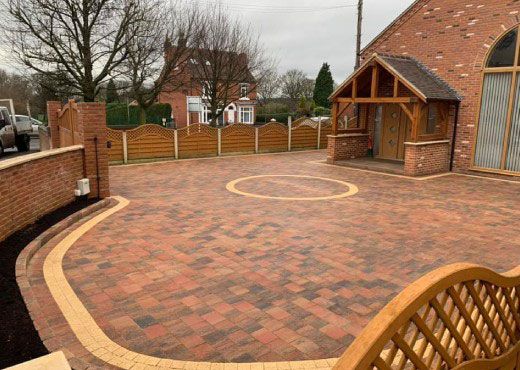

Shannon (Heather) | Sienna Setts & Circles (Sienna Sett Sandstone)
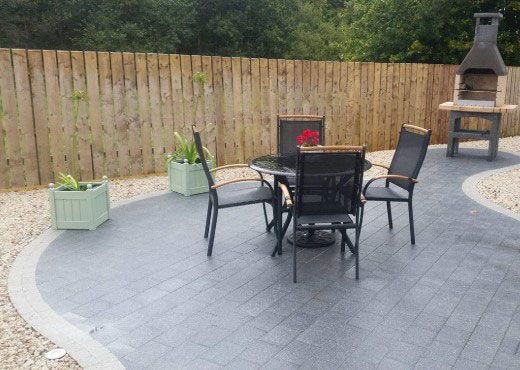

Sienna (Graphite) | Sienna Setts & Circles (Sienna Sett Silver)
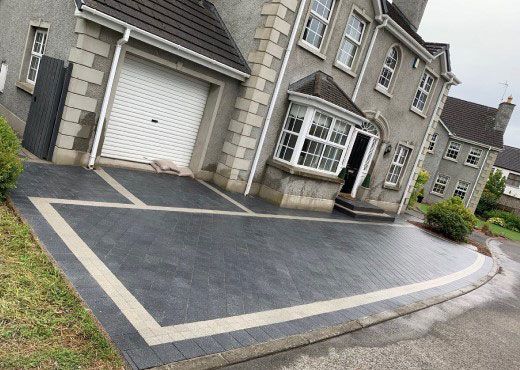

Sienna (Graphite) | Sienna Setts & Circles (Sienna Sett Silver)
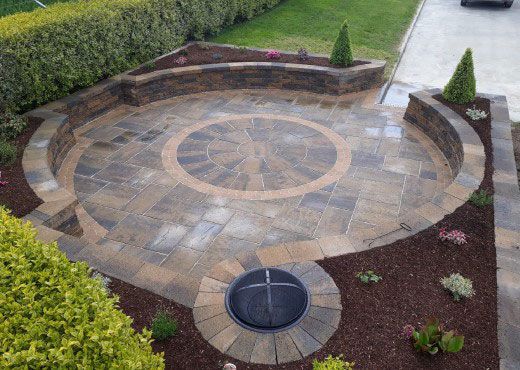

Historic Flags & Circles (Historic Flags Bracken) | Tegula Setts & Circles (Tegula Sett Golden)
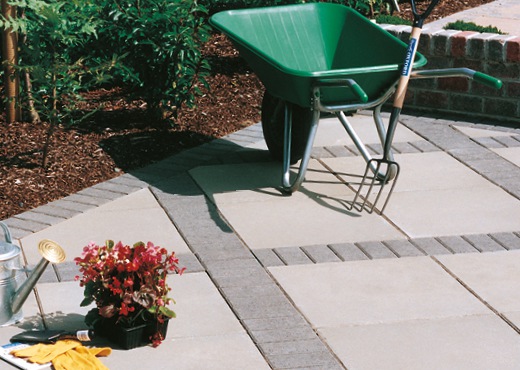

Classica Flags (Natural) | Pedesta Paving Bricks (Charcoal)


Natural Stone Paving
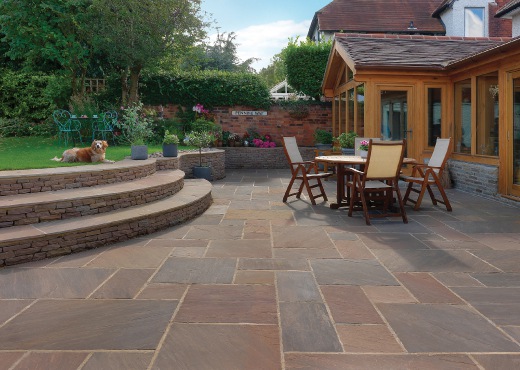

Premium Sandstone Paving (Raj Blend)
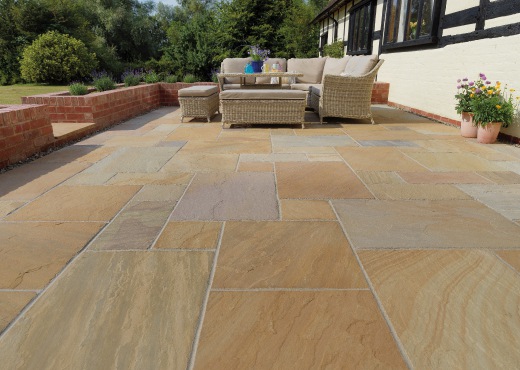

Premium Sandstone Paving (Buff)
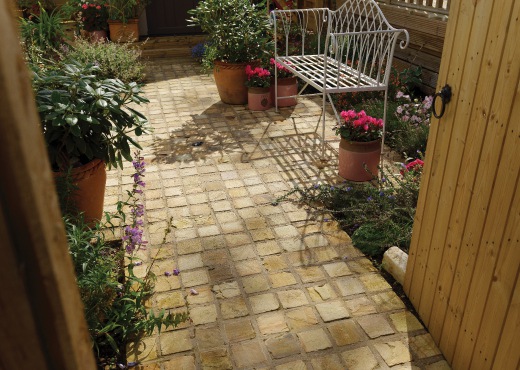

Sandstone Setts (Fossil)
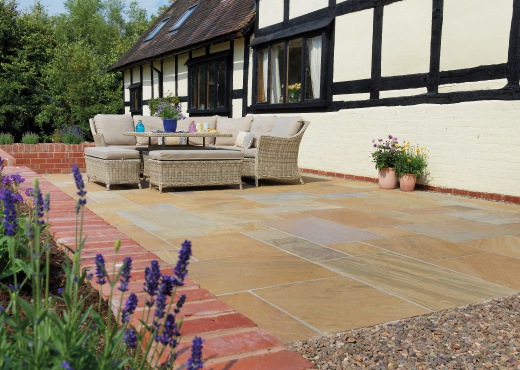

Premium Sandstone Paving (Buff)
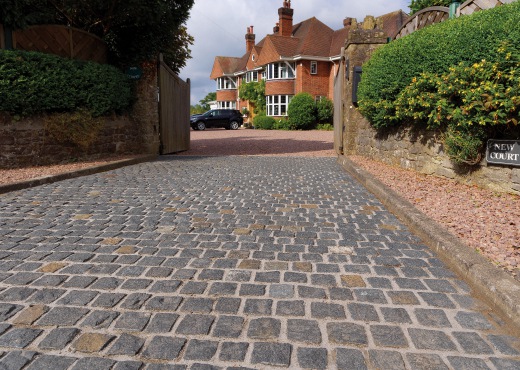

Sandstone Setts (Black Granite)
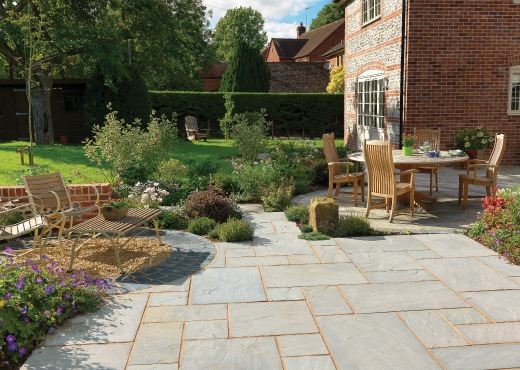

Premium Sandstone Paving (Light Grey)


Premium Porcelain Paving
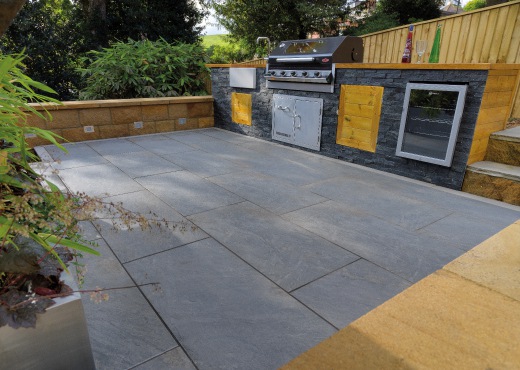

Dolomite Porcelain (Dark)
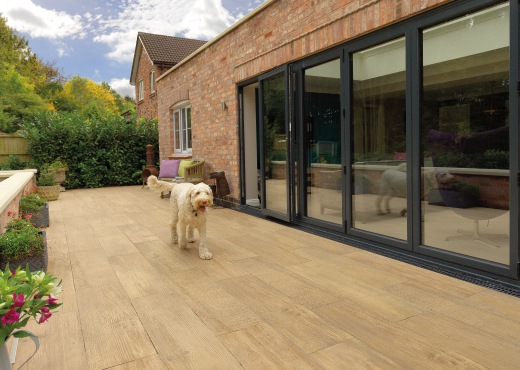

Deckwood Porcelain (Buff)
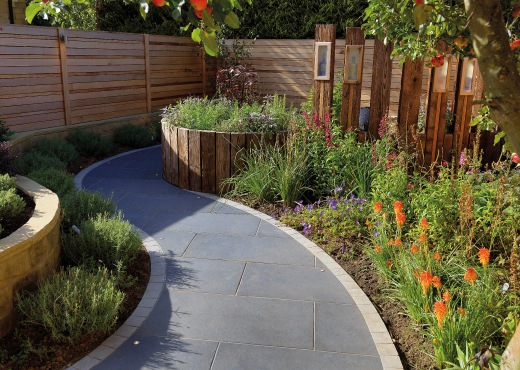

Classic (Grey) | Setts (Grey) Porcelain
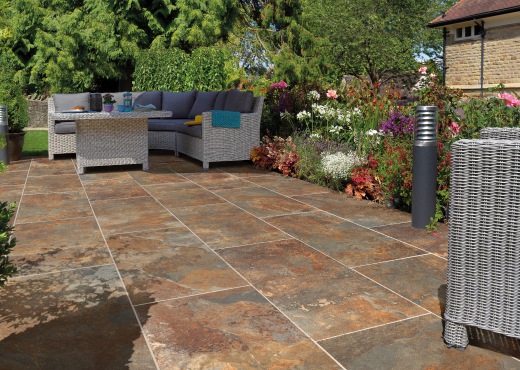

Dolomite Porcelain (Mars Rust)
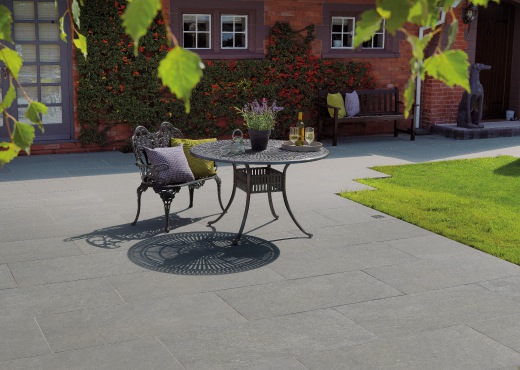

Classic Porcelain (Grey)
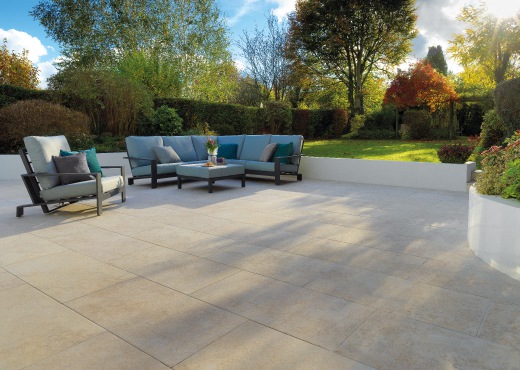

Dolomite Porcelain (Traventine)
